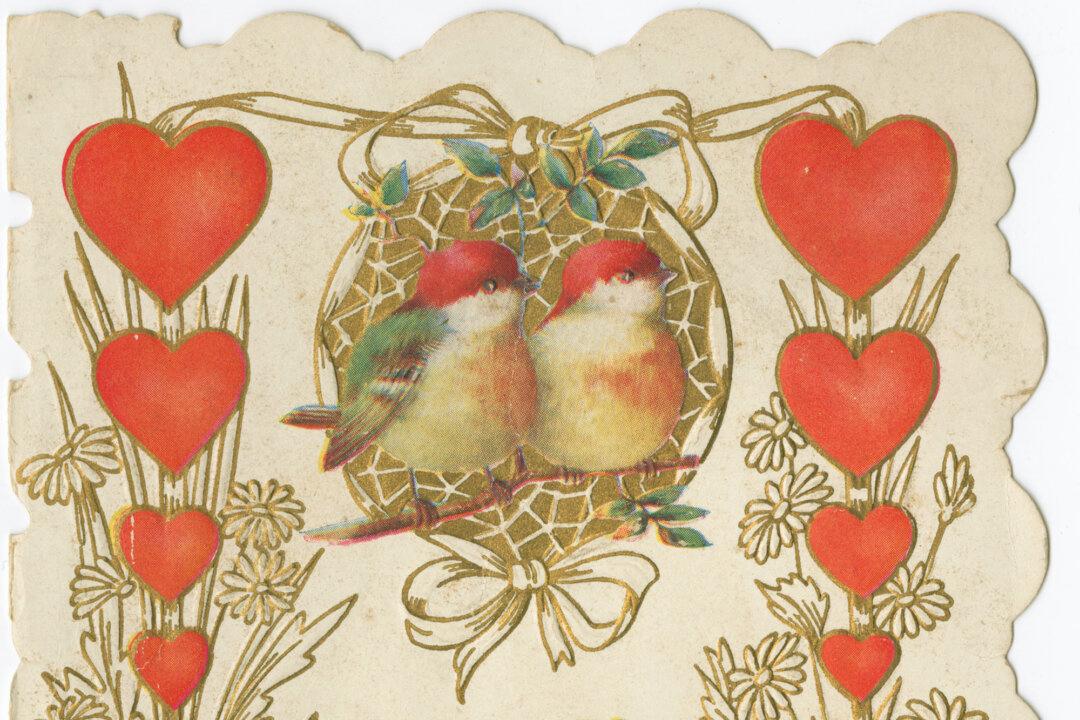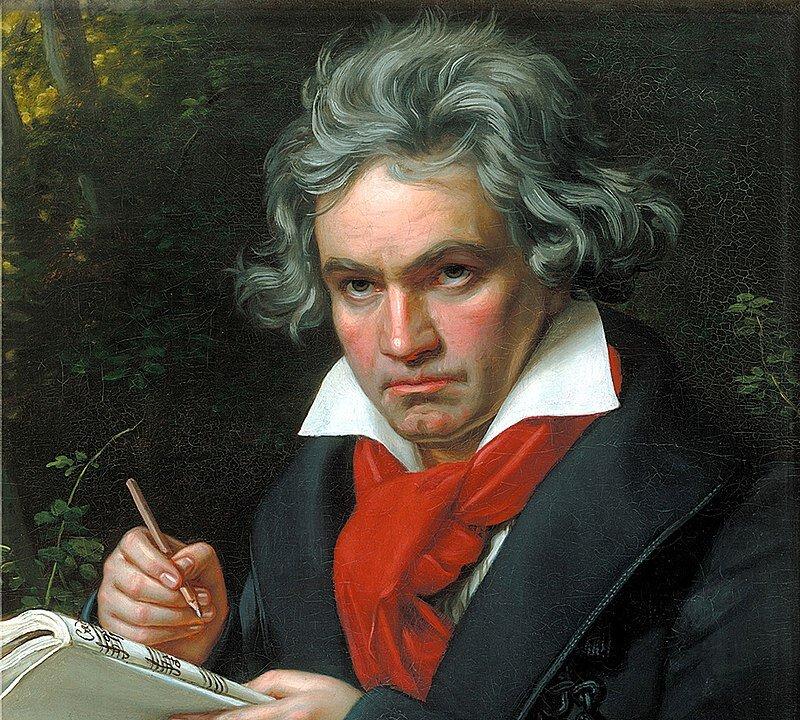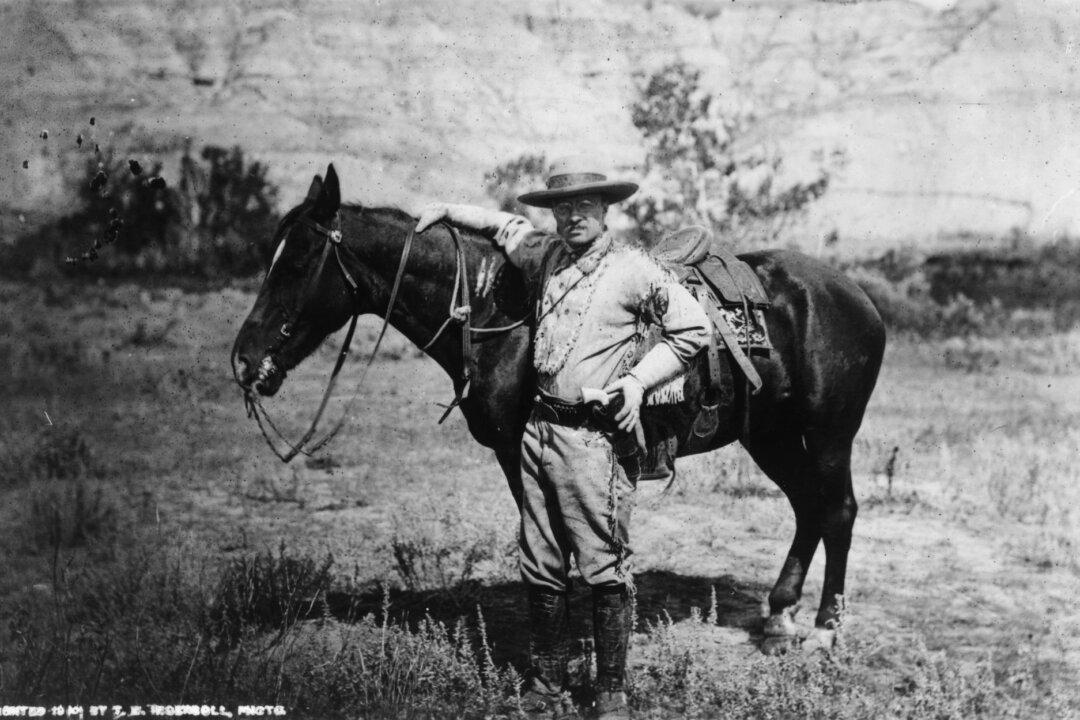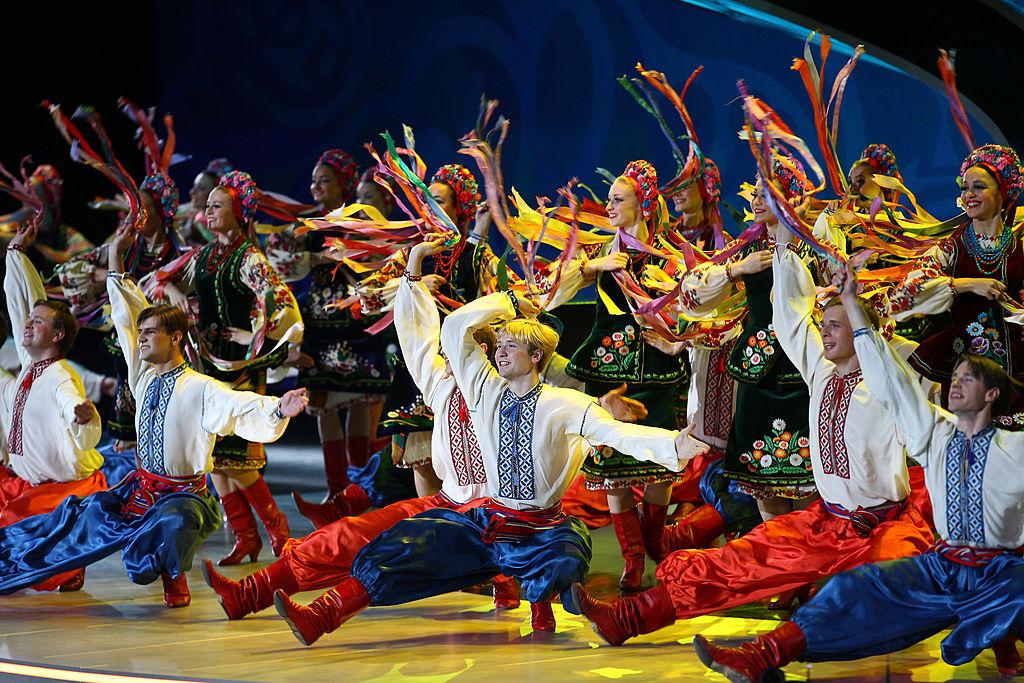Valentine’s Day—it all started with one, or maybe two, people. And perhaps a little bit of promo.
A lot of saints’ stories are beautiful and inspiring. I became familiar with them, despite not having been raised a Catholic, while a college student studying religion and religious history.





